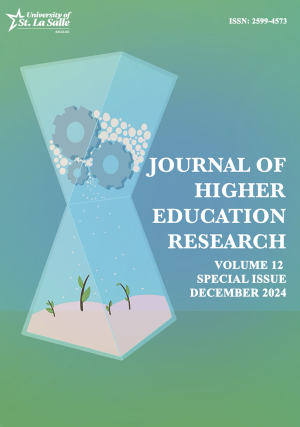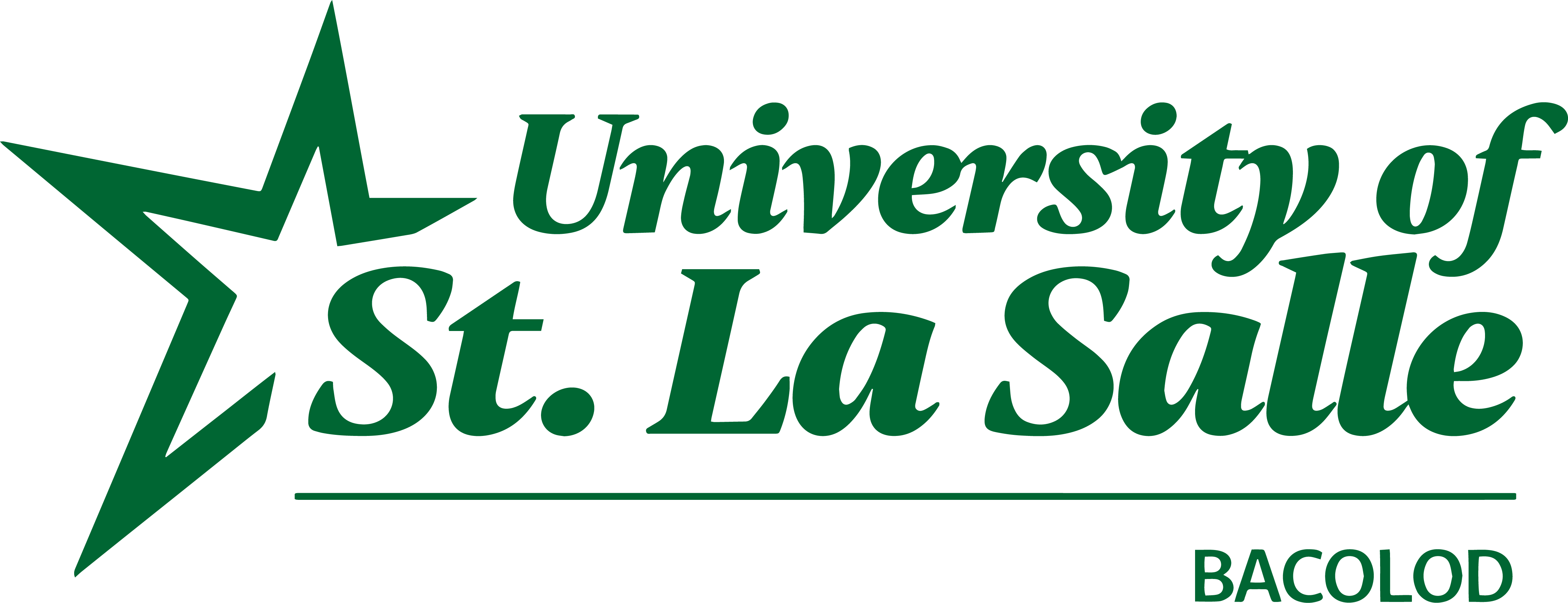School-based management practice: Basis for a continuous quality improvement program among schools in Negros Occidental
https://doi.org/10.70228/PFREE2024009JHER
Cite this article Read this article
ABSTRACT
School-Based Management (SBM) reforms reflect a global trend towards decentralizing authority from central administrations to the school level, aiming to improve teaching and learning conditions. By granting educational institutions the autonomy to manage their own resources, such as facilities, personnel, curriculum, equipment, and schedules, SBM empowers schools to tailor their programs according to their specific needs. However, in the Philippines, SBM implementation lags behind that of neighboring countries. This study assessed the current state of SBM indicators in public elementary and secondary schools in Negros Occidental, using a sequential explanatory mixed-method design. Data sources included SBM records for the quantitative component and interviews with learners, teachers, and school heads for qualitative insights. A total of 461 elementary and 90 secondary schools were analyzed, with a qualitative sample of five school heads, five teachers, and five learners. Quantitative findings revealed that both elementary and secondary schools are at level 2 in their SBM practice, with secondary schools performing better across all areas except performance improvement, where elementary schools were rated as "Good." The study emphasizes the necessity of a Continuous Quality Improvement (CQI) program to assist schools in enhancing their SBM practices, focusing on addressing identified performance gaps, strengthening stakeholder engagement, and managing resource and developmental obstacles. While the SBM level in Negros Occidental is above the minimum standards, there is still significant room for improvement, providing a foundation for future quality development initiatives among school leaders and stakeholders.
Keywords: School-Based Management (SBM), educational autonomy, performance improvement

Volume 12 Special Issue, 2024 EDITION
Published 2024
Editor's Note
Across every level of education, leadership and governance shape the direction, culture, and success of learning communities. In times of change and uncertainty, the strength of our schools depends on leaders who can balance vision with action, empathy with accountability, and innovation with tradition. This Special Issue of the Journal of Higher Education Research turns the spotlight on those leaders—documenting their strategies, challenges, and achievements, and offering practical models for others to follow. Carcueva and Ureta provide a closer look at the Philippine Professional Standards for School Heads (PPSSH), examining how career stages align with leadership practices and performance. Meanwhile, Toreta and Ureta showcase the best practices and qualities of the most outstanding school heads, whose leadership fosters excellence, transparency, and sustainable partnerships. Tingson and Leonor examine the relationship between emotional leadership and teachers’ work engagement, providing insights into how supportive leadership styles impact morale and commitment. Miraflores and Leonor evaluate the Project FREE Paglaum Scholarship Program, revealing its substantial impact on teachers’ professional advancement and career progression. Gomez and Ramos chronicle the “metamorphic transition” of Teachers-in-Charge from classroom educators to effective school leaders. At the same time, Salmorin and Ureta examine leadership practices and resilience as predictors of school manager performance in the dynamic and uncertain VUCA environment. Jalwin and Yap present a structural equation model that links leadership practices, organizational culture, self-efficacy, and school quality, shedding light on the complex interplay among these variables. Amisola and Leonor assess School-Based Management (SBM) practices, advocating for a continuous quality improvement program to strengthen educational autonomy and performance. Celeste and Amparo highlight the influence of spiritual leadership on teachers’ organizational commitment, suggesting that values-driven leadership serves as a catalyst for workplace satisfaction and retention. Collectively, these works reveal that effective educational leadership is not confined to administrative skill—it is rooted in vision, empathy, resilience, and a steadfast dedication to fostering environments where both educators and learners thrive. We extend our deepest gratitude to the authors for their invaluable contributions, to our peer reviewers for their discerning feedback, and to the Publication and Engagement Office led by Dr. Lota Largavista for their unwavering support in realizing this special edition. May the insights in this special issue serve as both a guide and an inspiration—equipping educational leaders and policymakers with the wisdom, courage, and innovative spirit needed to shape schools that not only respond to the challenges of today but also create the possibilities of tomorrow. Sincerely, JOVAL N. MARTINEZ Editor-in-Chief


